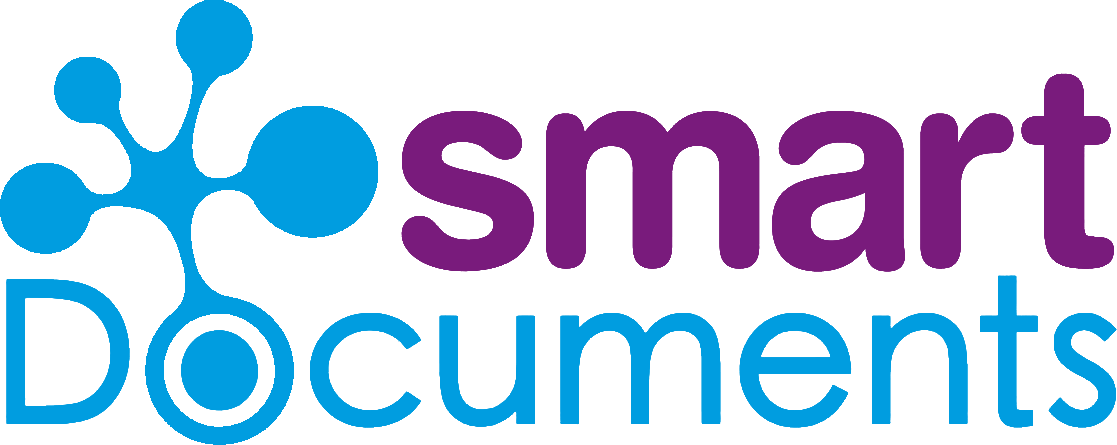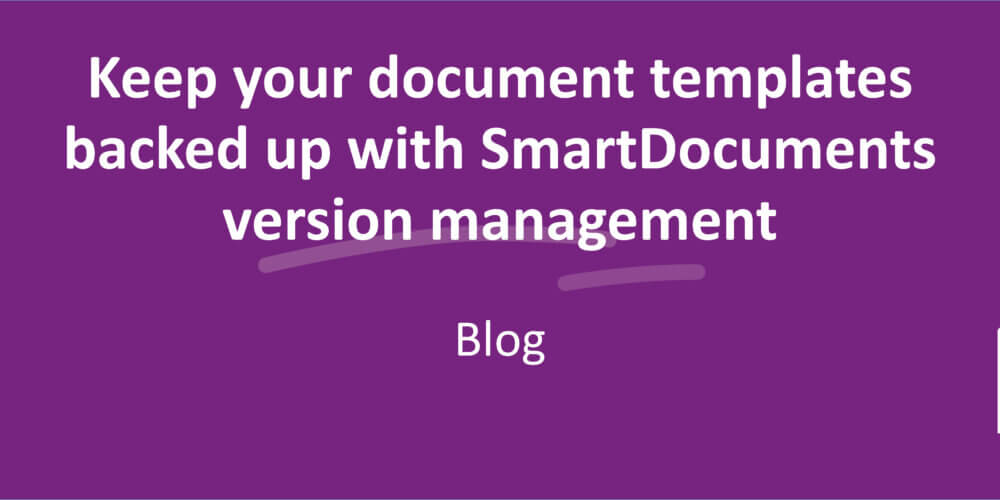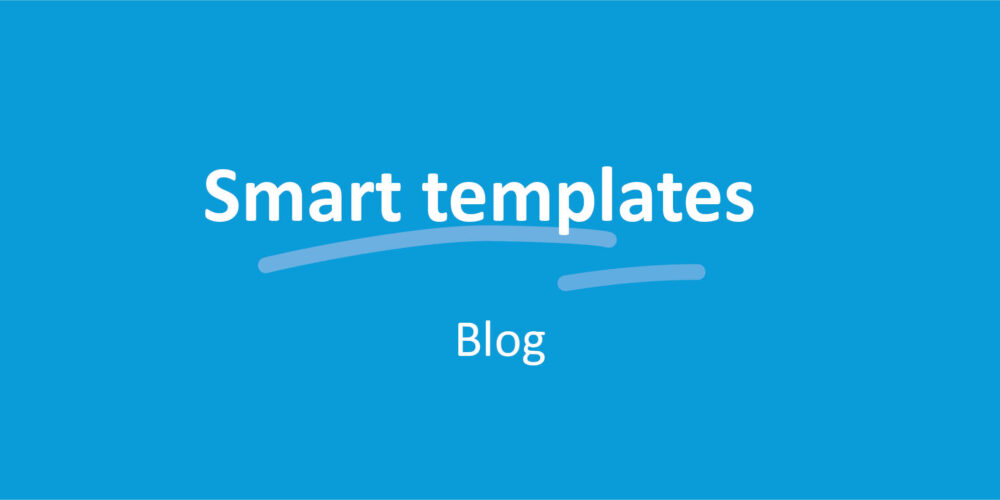Reduce the number of templates within your organisation!

Nice, the advanced software for document creation. There are plenty of possibilities, and your document will be ready within five minutes. Wonderfully fast and, above all, time-saving. But, how consciously do you deal with what you create? In 'no time,' you will have plenty of documents and accompanying templates. Doesn't that overshoot the mark a little?
We believe it does. Because even though the software for document creation is extremely handy for creating large numbers of personalized documents, a little caution is required. Before you know it, you'll have a separate template for each document. Can this be solved? Definitely!
A cleverly constructed template is the solution!
It's all in the way you build a template. Anyone who builds templates intelligently will ultimately reduce the number of templates within the organization, because fewer templates mean simpler management. And let's be honest: that's what we all want.
One document, several versions
One document often has several variants. Permits are one such example. Take a parking permit, for instance. You have the regular permit (for which you use template A) and the permit for people with a disability (for which you use template B). The reason for the two separate templates is the content in the document: the content in template A differs slightly from that in template B. Do you in addition also grant other types of parking permits? Then you soon have to deal with even more types of templates. However, whether your document has 10 or 100 variants, all those different templates are unnecessary.
Knowledge, insight and smart templates
No matter how many versions of the same kind of document you have, you can create them from a single template. All you need is knowledge of the software, a good understanding of the different variants of the document, and a smart template. One smart template captures all document variants in one template. How do you build such a smart template, and what makes it so smart? Let us explain! We’re happy to help.
How to build a smart template?
What exactly is a smart template? What characterizes it? Let’s look at an example.
Take an employment contract. It contains various variables. Is it a temporary or a permanent contract? Will the employee get a company phone or not? What are the job-related conditions and benefits? You could create four different templates for just these options—something many companies do. On average, organizations make about ten templates for their employment contracts. A waste of time and effort!
Get started with a smart template. You create a base with the content that applies to each type of contract. All variable elements can be added as an option with accompanying text. Now, when creating a new contract, you can select what does or doesn't apply, such as the type of contract, the specific terms, and conditions. After clicking all the specifics, the basis is completed with the necessary information. Are your employment contracts made in different languages? This can also be set up in a single template. With one press of a button, the entire document can be adapted to a language from start to finish.
The flip side of the technology
Technology stands for nothing! And yet a 'but' follows. Of course, having all those options for a template is nice, but you can also go too far. Keep in mind that the template also needs to be easy to maintain. Take a critical look at which elements fit together and go well together in the same template. If in doubt, don't do it. Even though you can add endless options to a template, sometimes separating templates is the best option. Keep the end user in mind, they have to work with the template. As a template maker, aim to always work well with end users.
SmartDocuments in practice
When you've mastered the creation of smart templates, you can gradually reduce the number of templates within your organization. There are always documents that have different versions. Examples include employment contracts, collaboration agreements, sales contracts, application forms, purchase orders, and legal documents. You can make templates as variable as you like, allowing you to support many document variants with a single template.
Win-win situation
Smarter use of templates has nothing but advantages. Managing templates becomes less time-consuming. Because the number of templates is considerably reduced, the whole thing is much clearer. The management, which takes place in one place, becomes much simpler and less prone to errors. Above all, you save yourself the trouble of building a new template for each document variant. With the time you save, you can do plenty of other things (or extend your coffee break :-)).




